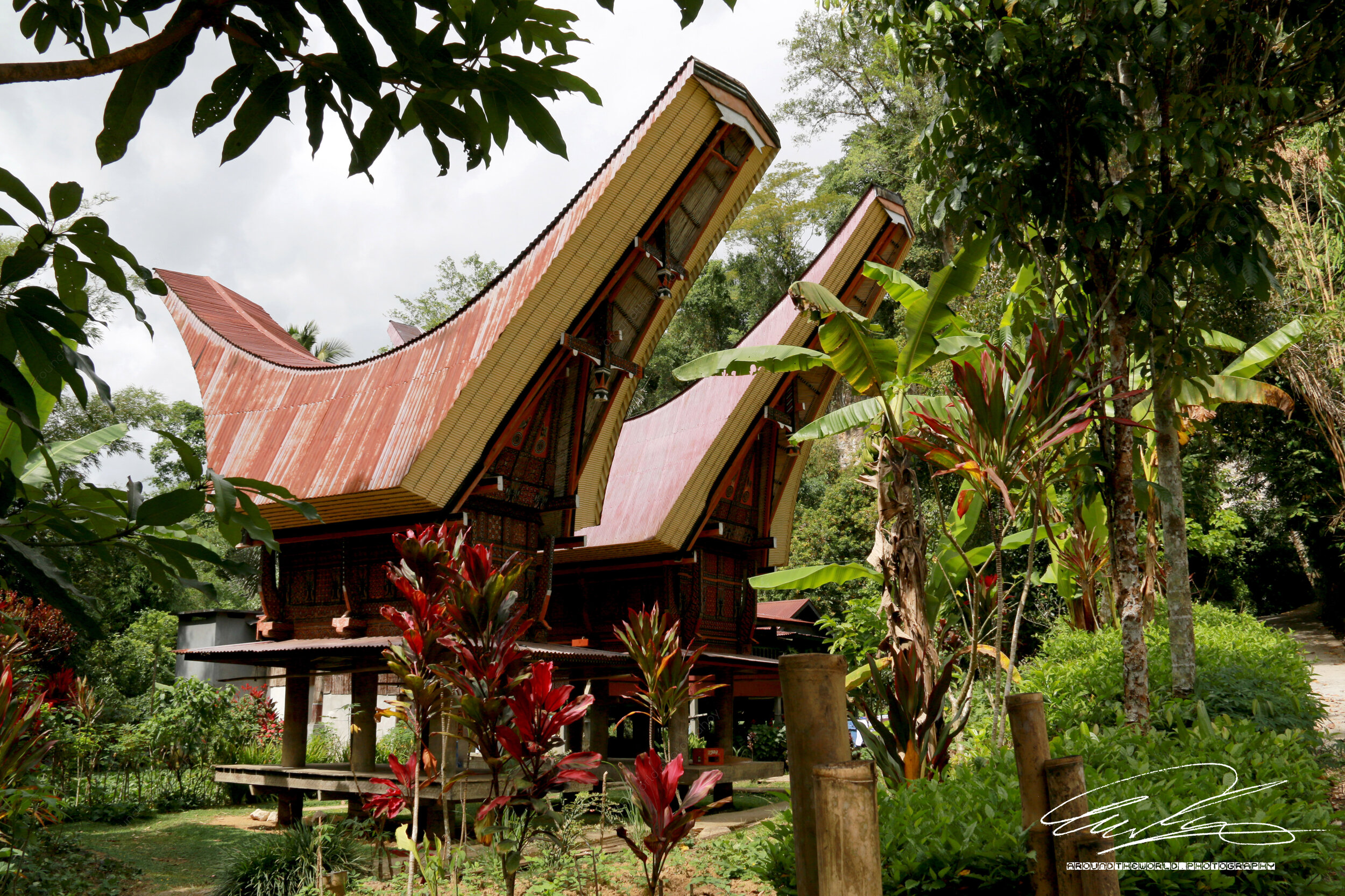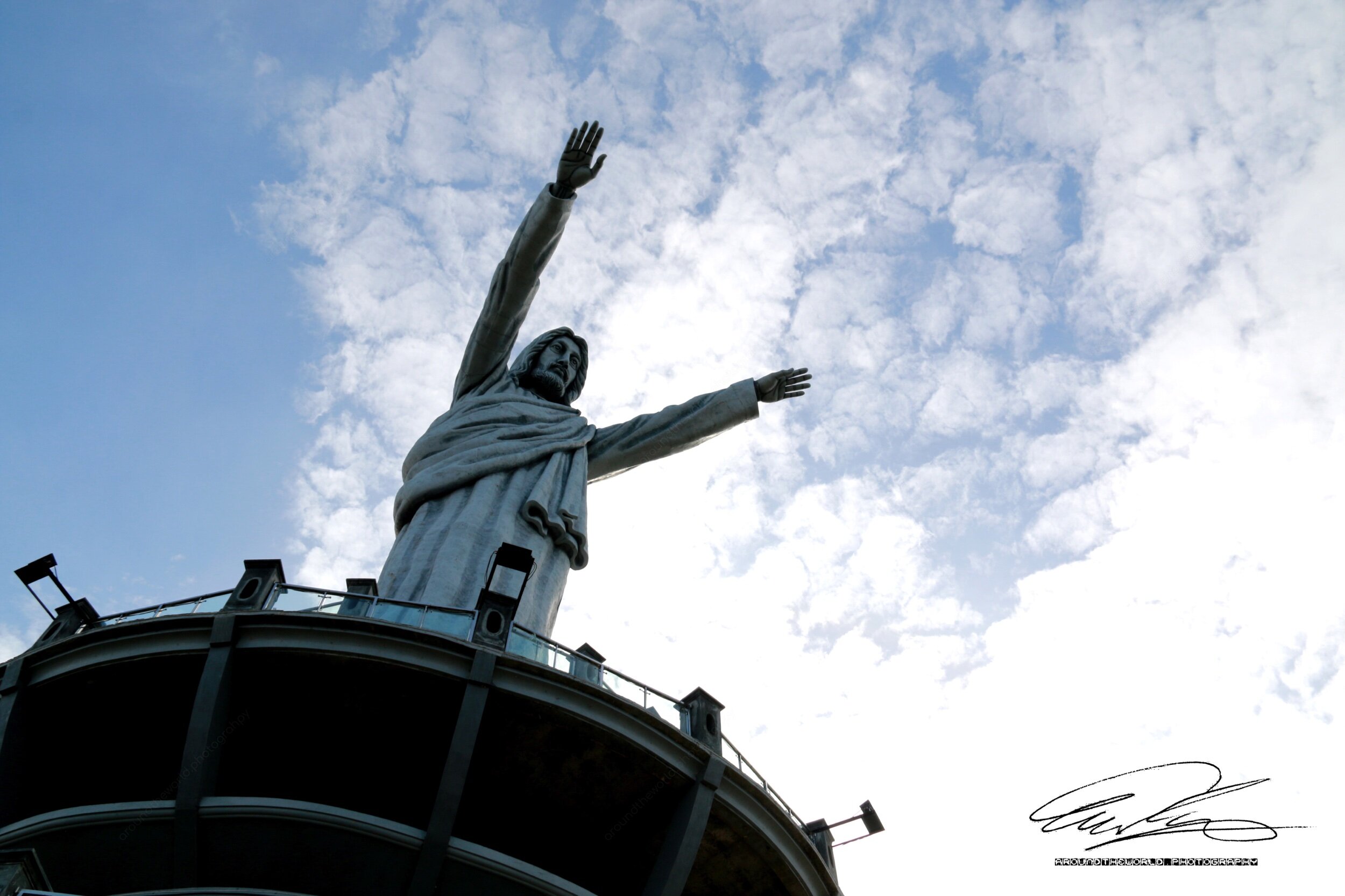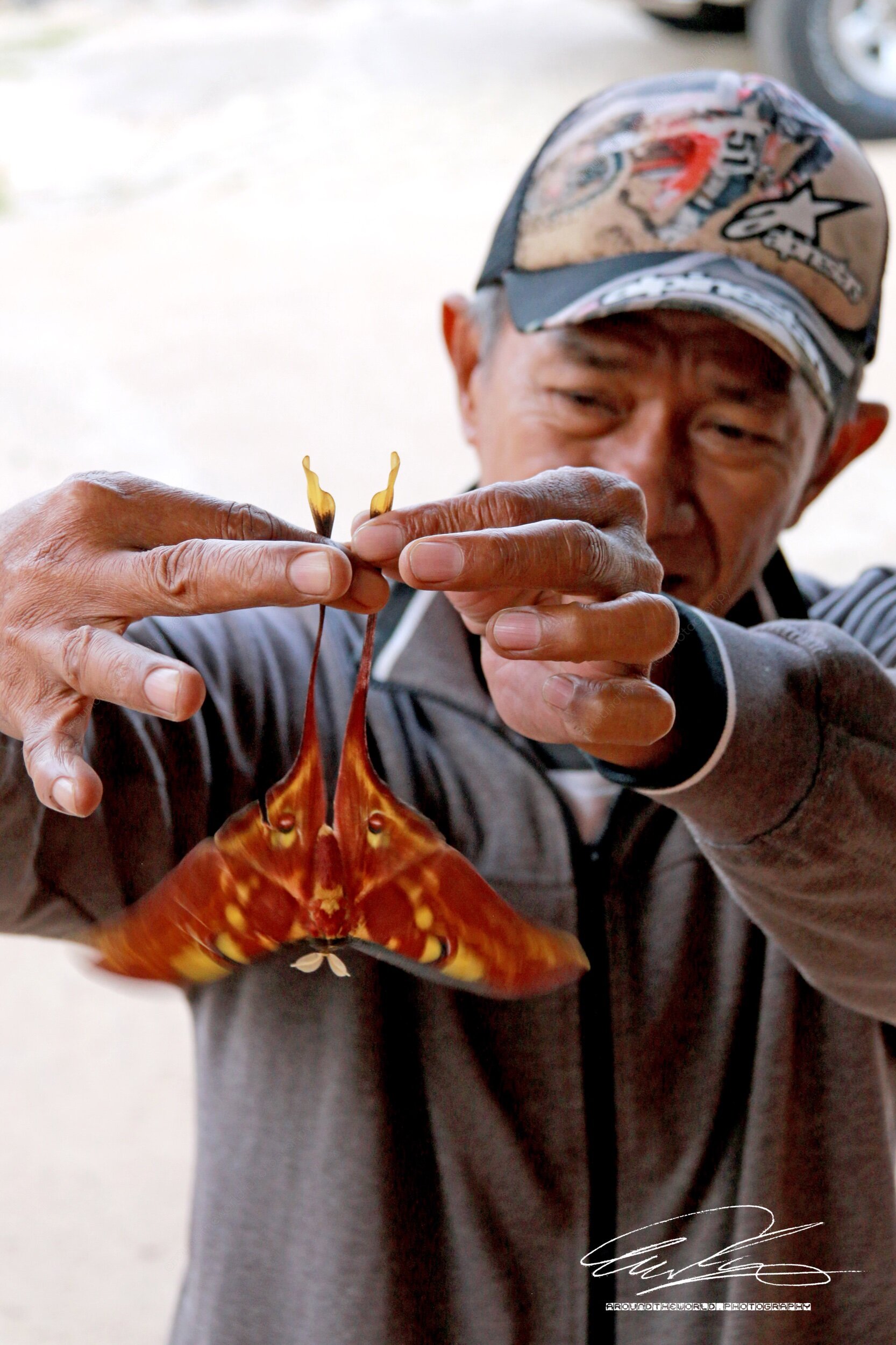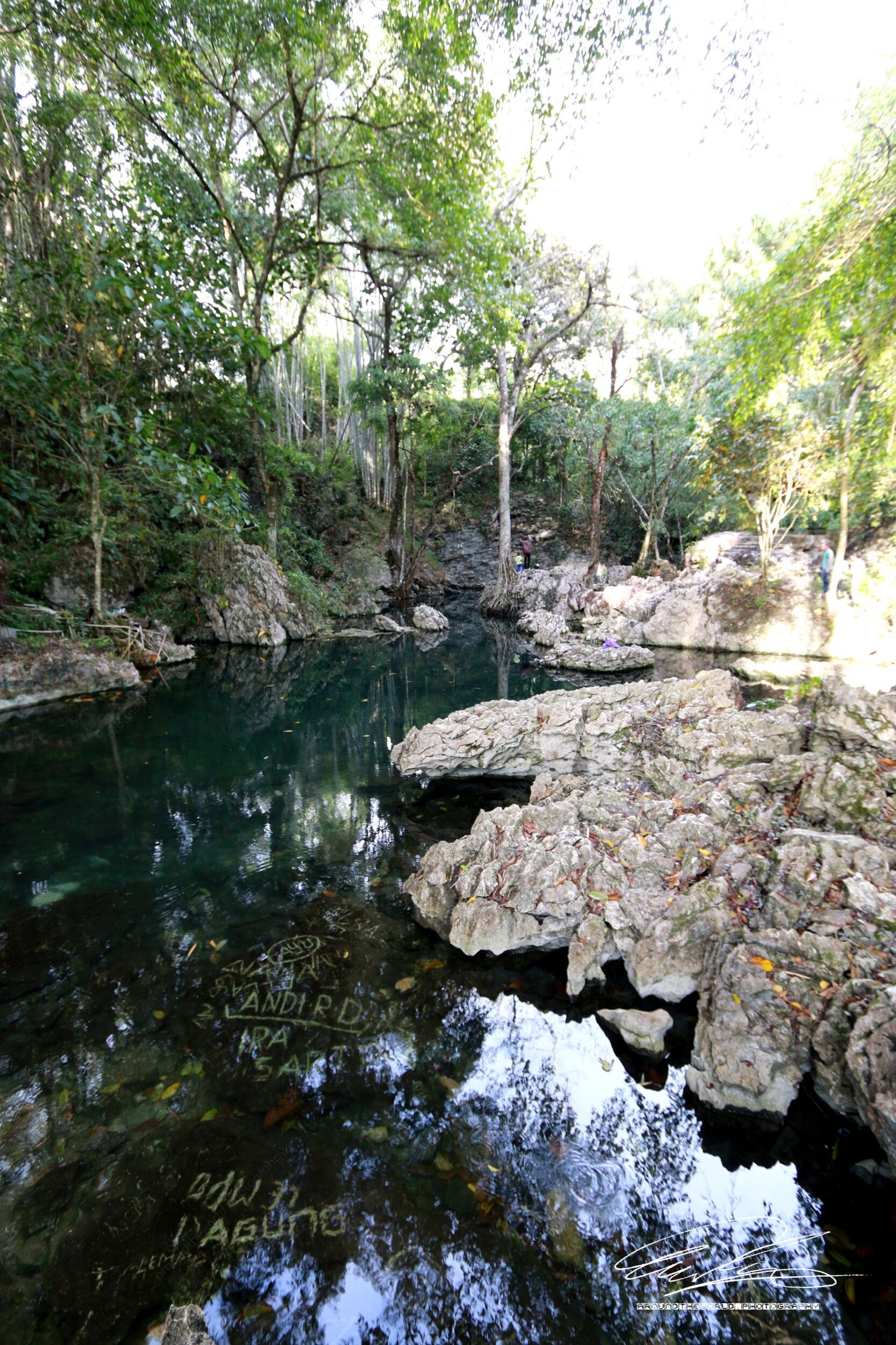Toraja
Sulawesi, Indonesia. Known for tribal head hunters, vast nature and the unique Toraja culture with their stunning death rituals. The world's eleventh-largest island, covering an area of 180,700 km², is both rugged and mountainous, particularly in the center of the island where the Toraja region is located. An adventurous eight hour bus ride away from the nearest major airport in Makassar, this remote area definitely does not form part of the local tourist circuit.
The Toraja People
The Toraja are an ethnic group indigenous to this mountainous, remote region. Their population is approximately 1,100,000, but only about half of them still inhabit their place of origin. Torajas are renowned for their elaborate funeral rites and burial sites, massive peaked-roof traditional houses (Tongkonan), and colorful wood carvings.
The Toraja Funeral Ritual
For the Toraja people, the funeral is by far the most expensive event in society. Status and wealth are the defining factors in determining the scope and size of the ritual, with ceremonies often being held weeks, months, or years after the death so that the deceased's family can raise the significant funds needed to cover the funeral expenses.
Therefore, during the waiting period, the body of the deceased is kept under the Tongkonan.
One important component of the ritual is the slaughter of water buffalos. The more powerful the person who died, the more buffalos are slaughtered at the ceremony. Torajas believe that the deceased will need the creatures to make the journey and that they will arrive sooner at their great beyond if they have many buffalos. Thus, the importance given to the offering of these great animals is paramount.
“What actually surprised and simultaneously impressed me most, the Toraja people have absolutely no (mutual) reservations when encountering tourists. Not in their daily life, not even during their funeral ceremonies. Yet, they allow you to walk into their burial sites (all of them are still in use) and to take pictures.”
G A L L E R Y
© 2019


































